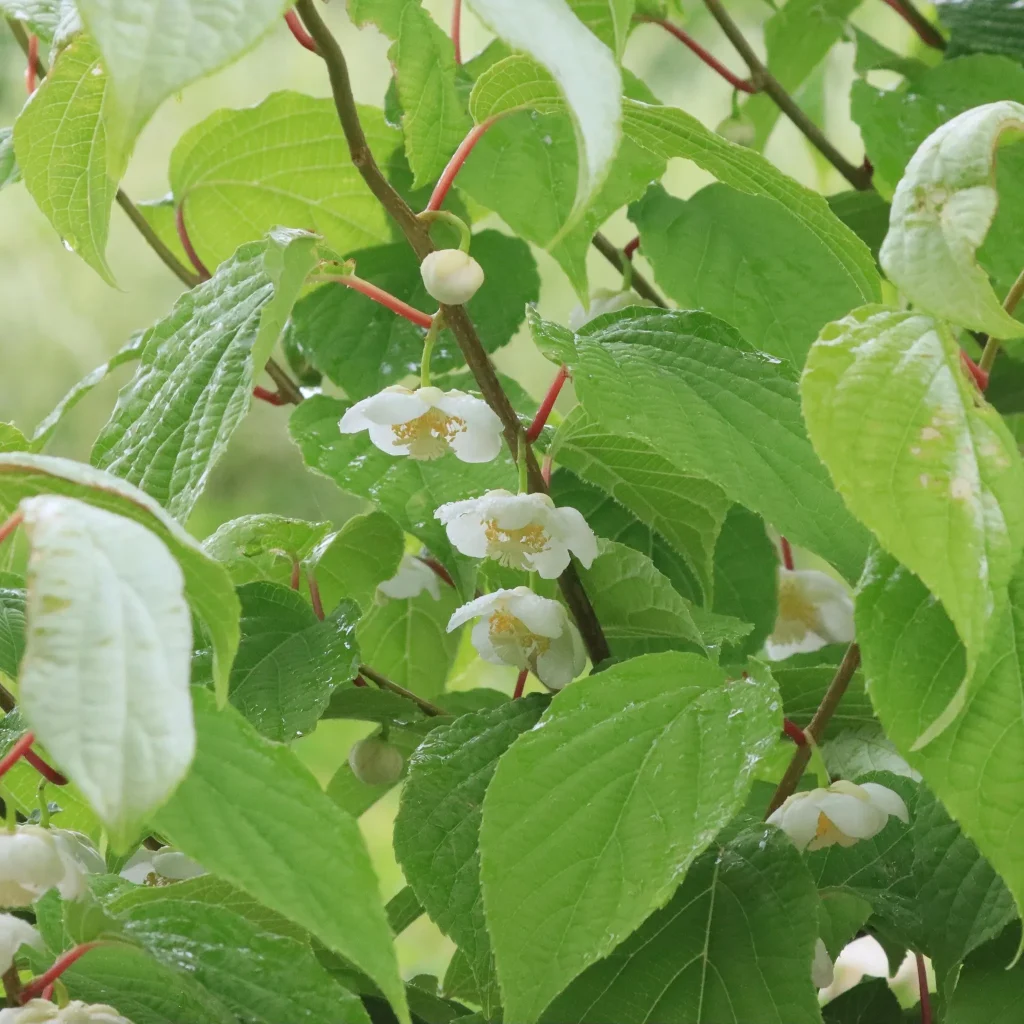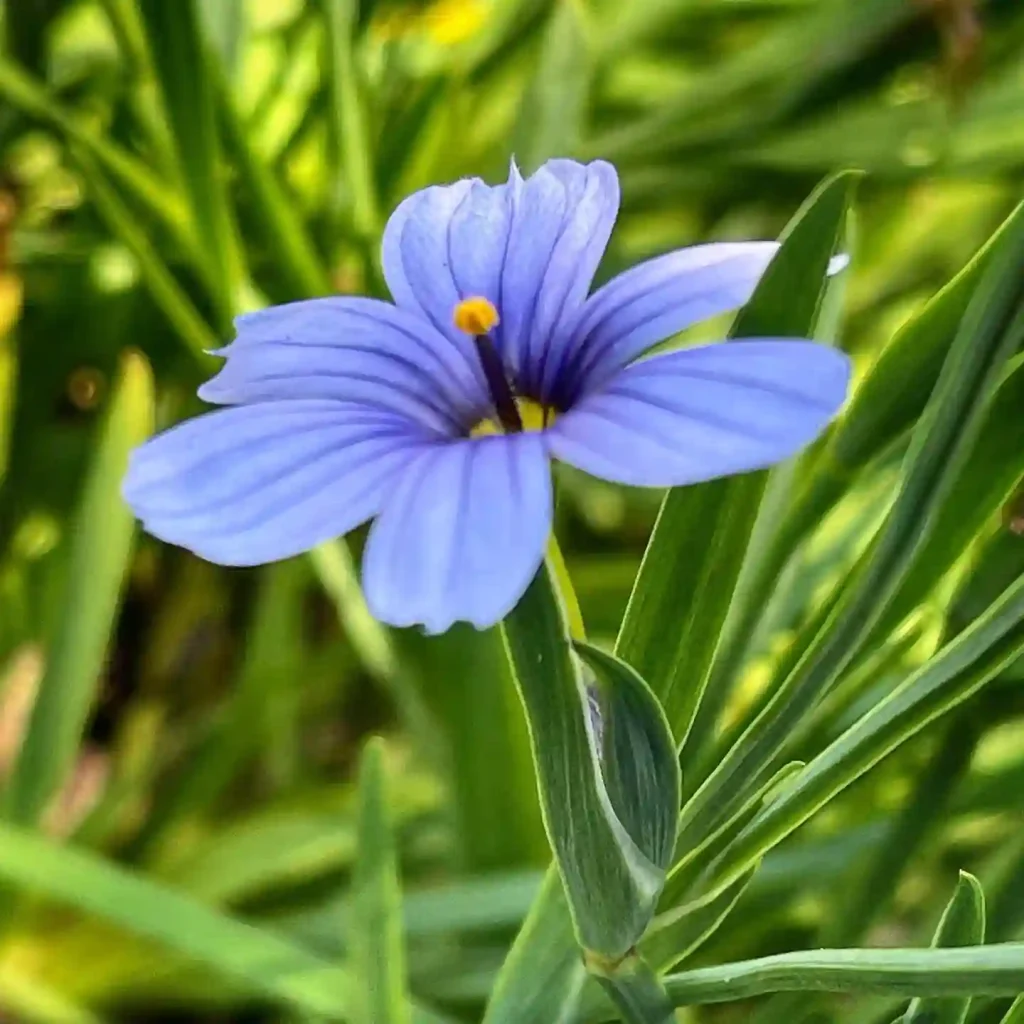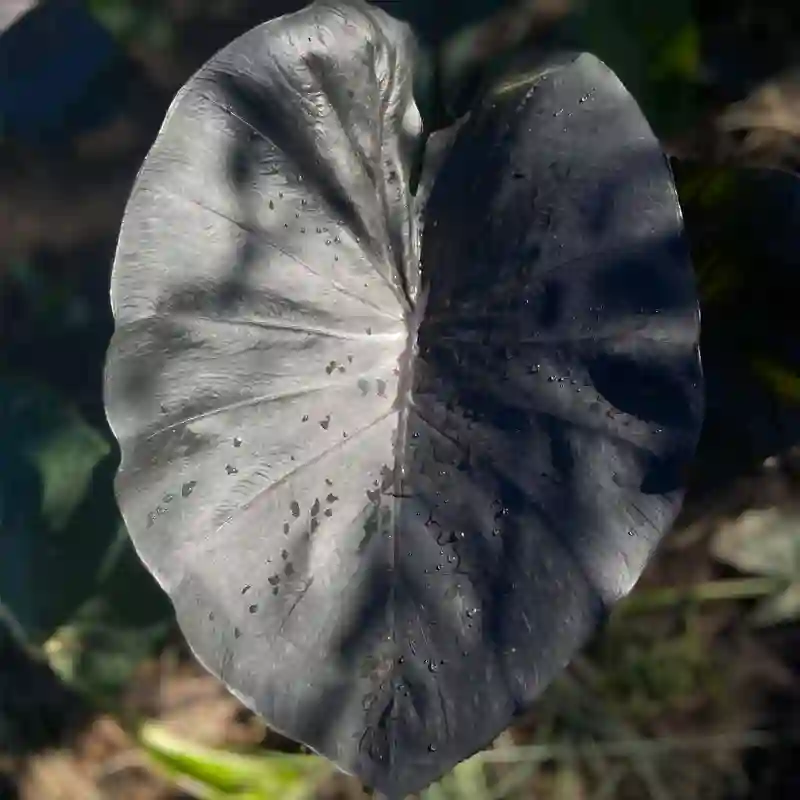Sweet Encounter: Unveiling the Mysteries of Myrica Gale
My fascination with Myrica Gale, also known as bog-myrtle or sweetgale, began during a trek through a remote wetland. The air hung heavy with a unique, almost citrusy fragrance. It wasn’t until I brushed past a low-lying shrub with glossy green leaves that the source became evident. This was Myrica Gale, and it sparked a curiosity that led me down a rabbit hole of discovery.
50 Species in Genus Myrica
What is Myrica Gale?
Myrica Gale is a deciduous shrub belonging to the Myricaceae family. It’s native to cool, temperate regions across the globe, gracing wetlands, bogs, and the fringes of lakes and ponds in North America, Europe, and parts of Asia. Standing no taller than six feet, this unassuming shrub packs a fragrant punch. Its dark green, oblong leaves release a delightful aroma, earning it the name “sweetgale.”
Does Myrica Gale Repel Mosquitoes?
This is a question that piqued my interest early on. While some anecdotal evidence suggests Myrica Gale deters mosquitoes, there haven’t been conclusive scientific studies to definitively confirm this. The pleasant fragrance might mask human scents that attract mosquitoes, offering a temporary reprieve. However, planting Myrica Gale solely for mosquito control might not be the most effective strategy.
Is Myrica Gale Pubescent?
Pubescence refers to the presence of fine hairs on a plant’s surface. In the case of Myrica Gale, the answer is no. Its leaves boast a smooth, glossy texture, adding to their aesthetic appeal.
How to Care for Myrica Gale?
If the beauty and potential mosquito-repelling properties of Myrica Gale have captivated you, here’s how to cultivate this wetland wonder in your own garden:
- Light: Myrica Gale thrives in full sun to partial shade. Aim for at least 6 hours of direct sunlight daily.
- Soil: This shrub prefers moist, acidic soil that replicates its boggy origins. Amending your existing soil with peat moss or composted leaves can create a suitable environment.
- Watering: Myrica Gale enjoys consistently moist soil. Regular watering, especially during dry spells, is crucial.
- Pruning: While not essential, light pruning in late winter can help maintain a desired shape and encourage bushier growth.
How to Propagate Myrica Gale?
There are two primary methods for propagating Myrica Gale:
- Seed: This method requires patience, as germination can take several months. Stratification, a process that mimics the cold winter conditions needed to break seed dormancy, can improve germination rates.
- Softwood Cuttings: Taken in early summer, softwood cuttings offer a faster propagation option. Treat the cuttings with a rooting hormone and plant them in a well-draining potting mix kept moist until roots establish.
What to Plant with Myrica Gale?
Myrica Gale’s wetland preference doesn’t limit its companion planting options. Here are some ideas:
- Other moisture-loving plants: Ferns, blue flag iris, or red-twig dogwood can create a vibrant wetland haven.
- Native wildflowers: Goldenrod, milkweed, and Joe-Pye weed attract butterflies and pollinators, adding a touch of ecological harmony to your garden.
- Shrubs with similar sun and moisture needs: Azaleas, rhododendrons, or winterberry can create a diverse and visually appealing landscape.
Beyond the Garden: Uses of Myrica Gale
Myrica Gale’s uses extend beyond the ornamental. Its fragrant leaves were traditionally used for brewing tea and crafting sachets. The waxy covering on its leaves finds application in candle-making. Additionally, Myrica Gale forms a symbiotic relationship with nitrogen-fixing bacteria in its roots, enriching the surrounding soil.
Myrica Gale’s journey from a fragrant encounter in a wetland to a potential addition to my garden has been an eye-opening exploration. This versatile shrub offers a unique combination of beauty, ecological benefit, and the potential for mosquito deterrence. While further research is needed to confirm its mosquito-repelling properties, its undeniable charm and adaptability make it a worthy consideration for any gardener seeking a touch of the wild in their landscape.
If i die, water my plants!



